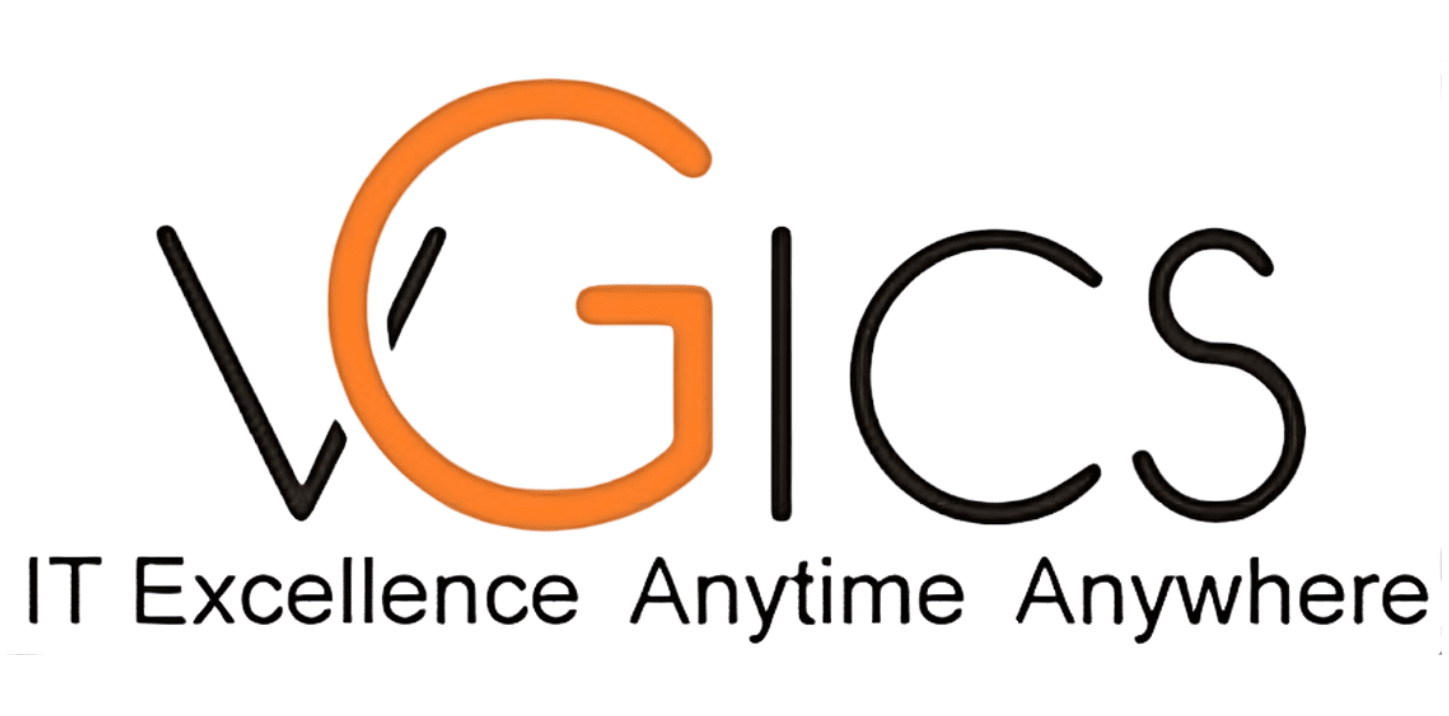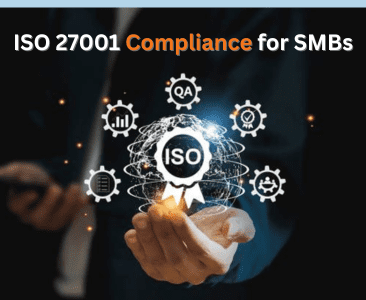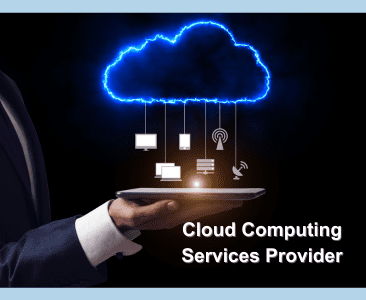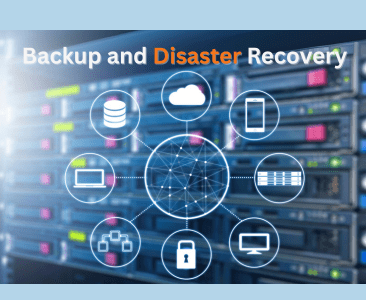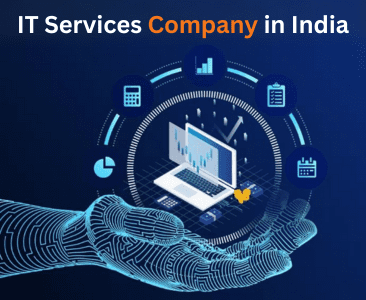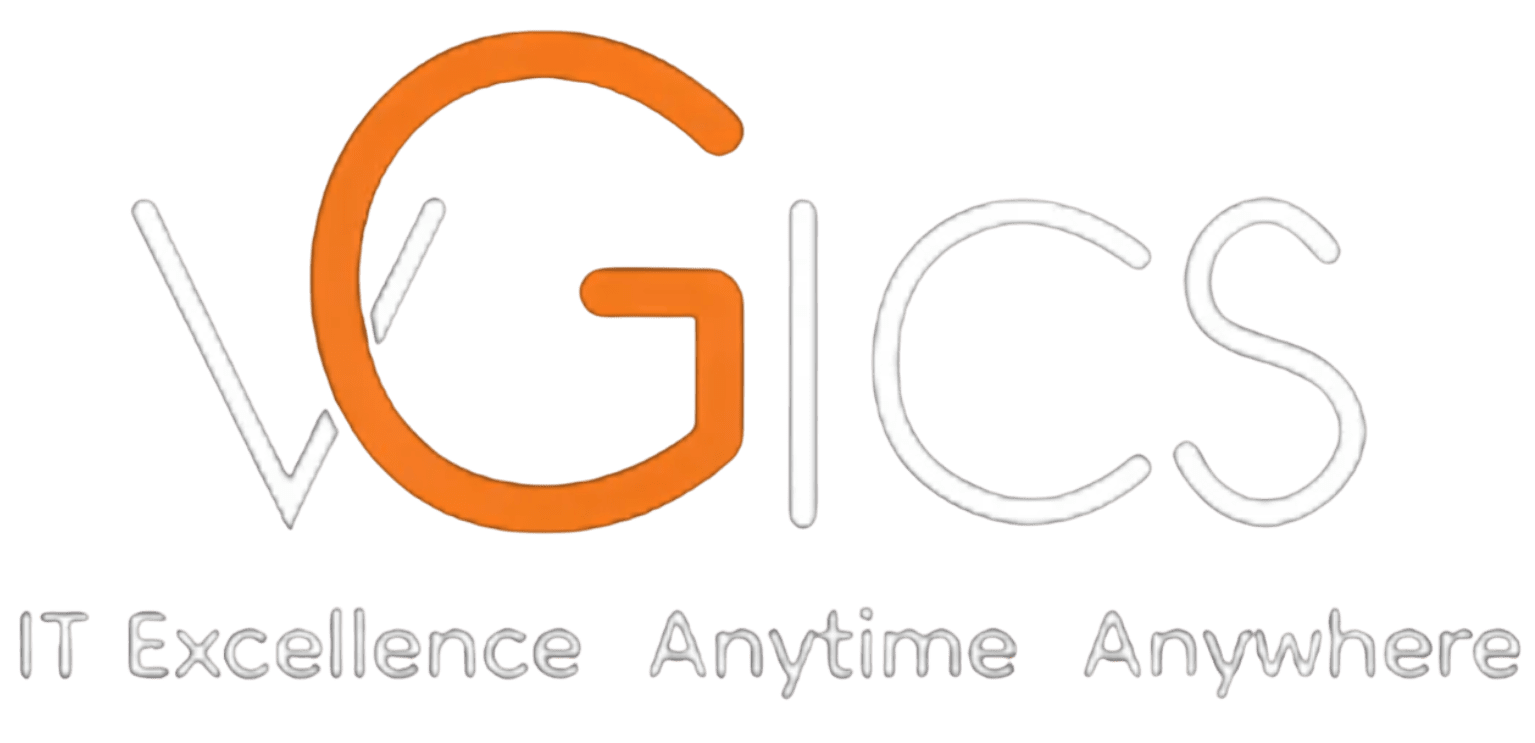Introduction
In the healthcare industry, data is not just valuable. It’s highly sensitive and heavily regulated. With compliance standards like HIPAA, HITECH, and GDPR, healthcare providers must ensure that their IT systems are secure, compliant, and always audit-ready. The foundation of this readiness lies in having strong, well-implemented IT controls.
Whether you’re preparing for an internal audit, a regulatory inspection, or simply looking to strengthen your IT environment, these five essential IT controls will help you build a solid foundation for compliance and trust.

1. Access Control: Limit Access, Maximize Security
What it is:
Controlling who can access what within your systems is critical. This involves defining user roles, enforcing the principle of least privilege, and ensuring that only authorized personnel have access to PHI (Protected Health Information).
Why it matters:
Unauthorized access is one of the top causes of data breaches in healthcare. Robust access IT controls help prevent misuse, accidental exposure, and internal threats.
Key Practices:
-
Role-Based Access Control (RBAC)
-
Multi-Factor Authentication (MFA)
-
Regular user access reviews
2. Audit Logging and Monitoring: Know Who Did What and When
What it is:
Audit logs track all system activity, who accessed what, from where, and when. Monitoring these logs helps detect unusual behavior and ensures accountability.
Why it matters:
In the event of a breach or an audit, detailed logs are your first line of defense. They demonstrate that your organization is actively monitoring data and following best practices.
Key Practices:
-
Enable logging on all systems
-
Use Security Information and Event Management (SIEM) tools
-
Automate alerts for suspicious activity
3. Data Encryption Protect Data In Transit and At Rest
What it is:
Encryption scrambles data so that it’s unreadable without a decryption key. This applies to data being stored (at rest) and data being transmitted (in transit).
Why it matters:
Encrypting PHI is a required safeguard under HIPAA and essential for protecting sensitive data from interception or theft. It’s one of the most critical IT controls for healthcare environments.
Key Practices:
-
Use AES-256 encryption
-
Secure emails and messaging systems
-
Encrypt backups and cloud storage

4. Patch Management: Fix Vulnerabilities Fast
What it is:
Patch management involves keeping all systems, software, and applications up to date with the latest security patches.
Why it matters:
Unpatched software is a known attack vector. Cybercriminals exploit these vulnerabilities to gain access to healthcare systems. Proactive patching is a basic but essential IT control to maintain audit-readiness.
Key Practices:
-
Automate patch deployment
-
Maintain a patch schedule
-
Test patches before full rollout
5. Backup and Recovery Be Ready for Anything
What it is:
Regular backups and a tested disaster recovery plan ensure that patient data can be restored in case of system failure, ransomware attacks, or natural disasters.
Why it matters:
Data availability is just as important as data protection. Regulators look for evidence that healthcare providers can recover critical data quickly and securely.
Key Practices:
-
Daily or real-time backups
-
Off-site or cloud storage
-
Routine disaster recovery drills
Conclusion
Being audit-ready isn’t just about checking a box. It’s about protecting patients, meeting legal obligations, and ensuring operational resilience. These five IT controls, access management, logging, encryption, patching, and backup, form the backbone of a secure healthcare IT environment.
By implementing and maintaining these IT controls, your organization will not only meet compliance standards but also build trust with patients, partners, and auditors alike.
Need Help Strengthening Your IT Controls?
At vGics Global, we specialize in helping healthcare providers implement robust, audit-ready IT controls that align with HIPAA, GDPR, and other global standards.
Stay secure.
Stay compliant.
Stay ahead.
Contact vGics Global today for a free IT controls assessment
